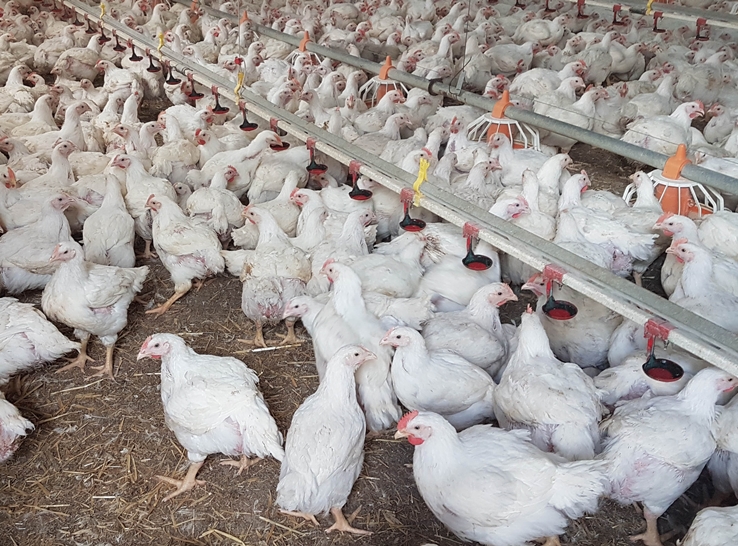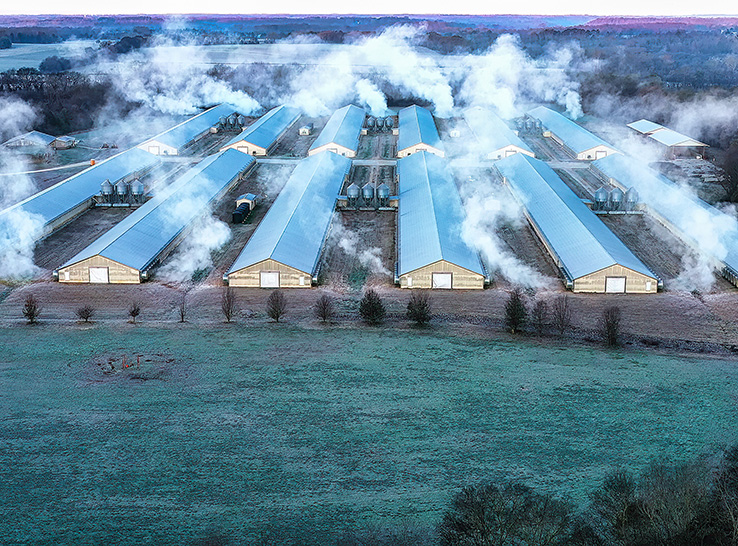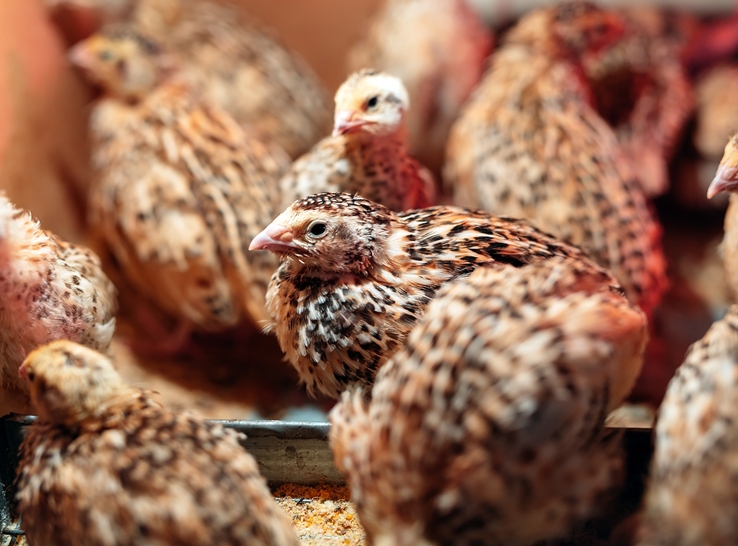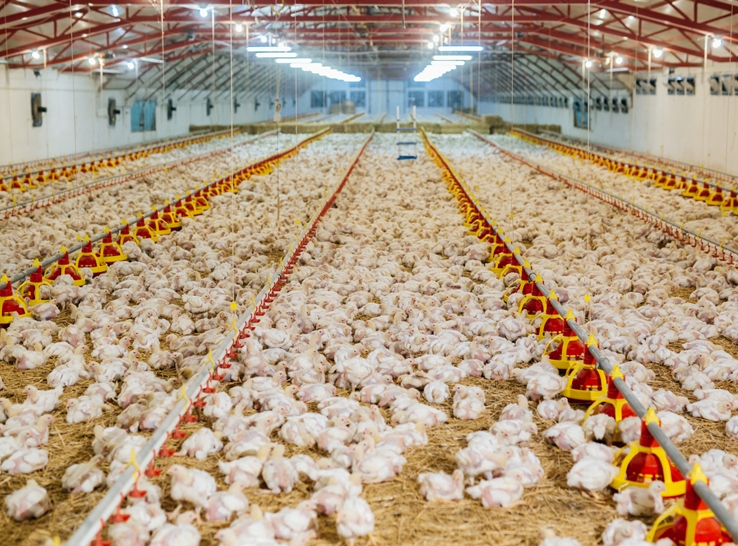By Dr. Marisa Erasmus, Purdue University
The consequences of cold stress can be severe, leading to death in extreme cases. A chicken’s susceptibility to cold stress depends on various factors, including the chicken’s breed, age, body size, amount of feather coverage and condition of the feathers and nutritional status.
Consequences of cold stress
- Reduced egg production in egg-laying birds
- Reduced feed efficiency (consuming more but producing less)
- Potential weight loss
- Economic losses from reduced egg production and growth
- Reduced welfare due to stress Increased susceptibility to disease
- Frostbite, depending on how poultry are housed. (Petroleum jelly can be applied to combs and wattles to reduce the risk of frostbite.)
- Changes in the quality of the meat from meat birds resulting in meat defects
The ideal environmental temperature range for most poultry lies between 15 and 24°C (60 and 75°F)
The ideal temperature depends on amount of feather cover, age, and body weight of the bird, as well as the stocking density (number of birds in a given amount of space), housing system and management.
Older birds and birds with poor feather cover are especially at risk of cold stress because their feathers do not provide as much insulation. Birds that are wet are at an increased risk of cold stress and can die sooner when exposed to cold.
Cold stress occurs when the environmental temperature drops below 15°C (60°F) for most poultry, but this depends on the bird’s age, body weight and feather cover). The thermoneutral zone is the range of ambient temperatures within which the animal can maintain its body temperature without needing any additional energy. When the body temperature drops below this thermoneutral zone, the bird needs more energy to increase its body temperature, and will adapt its behavior.
Behavioral indicators of cold stress
- Reduced activity level
- Changes in the noise levels of chicks Huddling together to conserve heat Ruffling the feathers to reduce heat loss Shivering
- Eating more to gain energy from food and generate heat from metabolism
Reducing the risks of cold stress
- Ensure birds have access to feed. Higher fiber feeds can increase heat production but feed still needs to have appropriate energy levels. Feed also needs to have optimum methionine levels to maintain good feather condition.
- Provide fresh, clean water that is not frozen
- Provide supplemental heat (from heaters that are properly maintained and functioning) but be careful and heed safety precautions because some heat sources can be fire hazards
- Provide dry, clean bedding
- Ensure that there is adequate ventilation
- Providing perches helps reduce cold stress because chickens are not in contact with the cold ground
Sources used and further reading
Carlson, C. 2022. Caring for chickens in cold weather. University of Minnesota Extension. https://extension.umn.edu/small-scale-poultry/caring-chickens-cold-weather
Henrikson, A.A., C.J. Vermette, K. Schwean-Lardner and T.G. Crowe. Effects of cold exposure on physiology, meat quality and behavior of turkey hens and toms created at transport density. Poultry Science. 97: 347-357. https://www.sciencedirect.com/science/article/pii/S0032579119308843
Jacob, J. Frostbite in chickens. https://poultry.extension.org/articles/poultry-health/frostbite-in- chickens
Nguyen, P., E. Greene, A. Donoghue, G. Huff, F. Clark and S. Dridi. 2016. A new insight into cold stress in poultry production. Advances in Food Technology and Nutritional Sciences. http://dx.doi.org/10.17140/AFTNSOJ-2-124
To view the full Poultry Extension Collaborative newsletter, Vol 35, click here.
Editor’s note: Content on Modern Poultry’s Industry Insights pages is provided and/or commissioned by our sponsors, who assume full responsibility for its accuracy and compliance.






